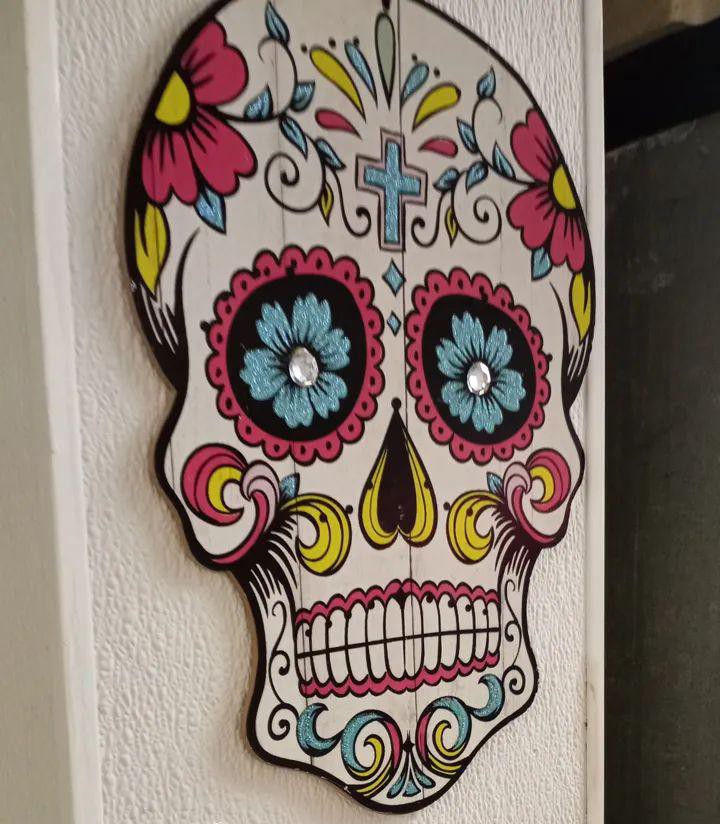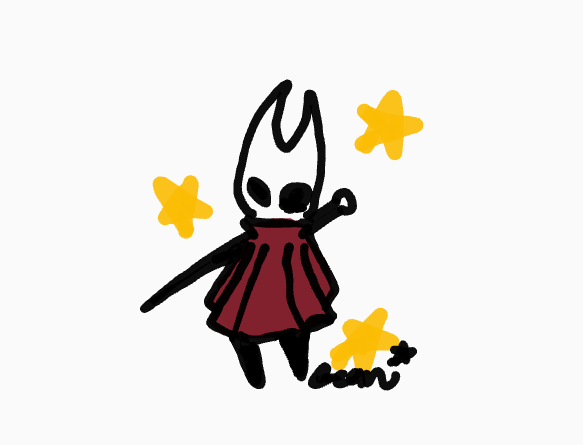Cultural Appropriation
A sugar skull used as decoration at a local taco bell
Cultural appropriation is simply taking one aspect of a culture that is not your own and using it for personal gain. Examples of cultural appropriation include: Purchasing a piece of jewelry or clothing that may have cultural significance, only to use it as a fashion statement, or capturing a photo of a traditional ceremony for the sake of getting as many likes on Facebook as possible.
Appropriations can often be seen in Mexican culture: Our celebrations like Cinco de Mayo, widely celebrated in America. Mexican culture somewhat tolerates appropriations during these festivities. The ponchos match the sombreros, and the fake mustaches are stained with enchilada sauce. The supposed holiday doesn’t accurately display Mexican culture.
Americans portray inappropriate behavior by drinking on May 5th and saying they’re celebrating Mexico’s independence, when in fact Mexico did not obtain their independence on May 5th. Mexican Independence Day, commonly confused with Cinco de Mayo in the U.S., celebrates the moment when Father Hidalgo called for Mexico’s independence from Spain in September of 1810. On September 16, Mexicans celebrate the anniversary of the country’s independence from Spain. Cinco de Mayo commemorates the Mexican army victory over France during the Franco-Mexican war, the May 5th day is also known as the Battle of Puebla Day.
Unfortunately this isn’t the only time the U.S. has appropriated Mexican culture. Halloween is when a lot of disrespectful costumes come on display, like the “Mexican man.” It often comes with a sombrero, a mustache, and a traditional Mexican poncho. Degrading someone’s culture and identity through a costume strips away the importance that it holds to someone who identifies with this culture and lives with it every single day of their life. Not to mention, most of these costumes continuously perpetuate racist stereotypes of the culture.
Another example is Dia de los Muertos, a holiday that comes from Mexican culture, a day where they set up altars to remember the people who have passed. Americans often associate this holiday with Halloween. Skulls are put up as decorations. They cut out our dresses on Halloween putting on glitter jewels to replicate sugar skulls. Hoping to appeal to their audience using a sexulized version of Mexican culture. They only love the culture to romanticize it in a couple of years.
With this in mind, make sure to take the time to educate yourself and you can tell the difference between appreciation and appropriation. If you have to question if something you are wearing or doing can offend someone it probably will. Be mindful when thinking about this. As long as you celebrate it and purchase directly from Mexican artists and sellers you are free to enjoy the beauty of Mexican culture.











